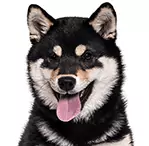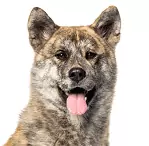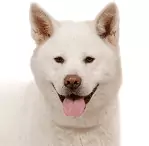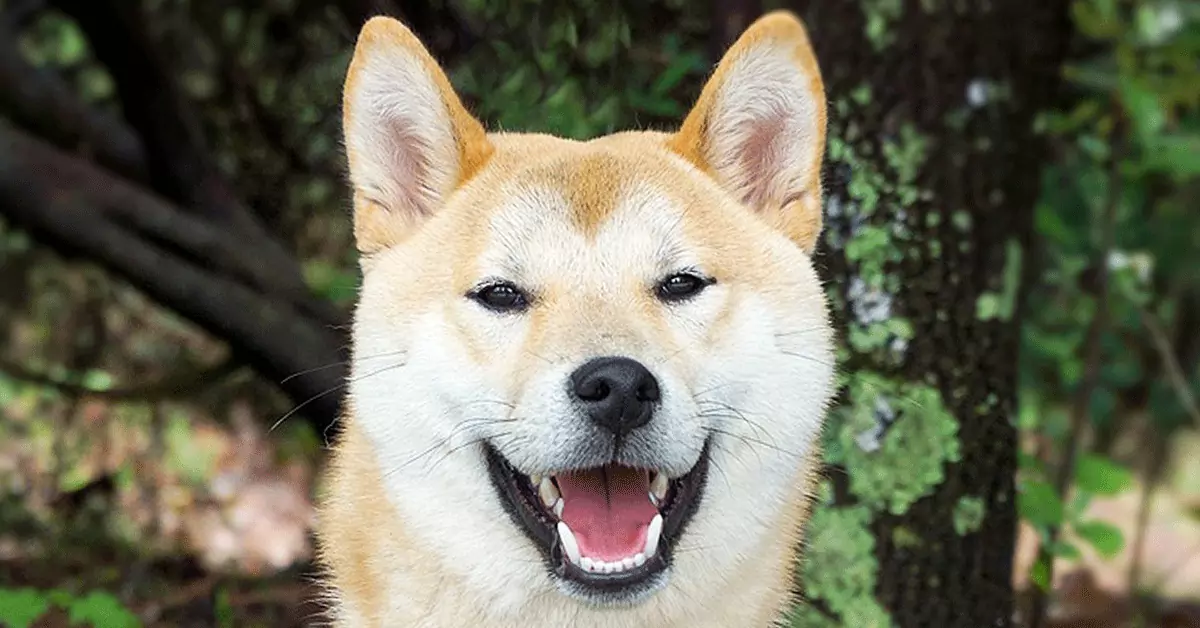
Meet the Akita
Courageous Canine
Protective Pooch
High Doggy I.Q.
My Many Looks
My Breed Characteristics
Furbulous Fact
As I Grow Up
History of My Breed
Care Tips
Training Tips
Personality
Loyal
Headstrong
Smart
Group
Working
Origin
Japan
Life Span
10-13 Years
Breed Popularity
#48 of 195
Height Range
24-28 Inches
Weight Range
70-130 Pounds
Coat Details
Type
Short
Texture
Straight
Features
Double-coat
Colors
Black, Brown Brindle, Brown with Black Overlay, Fawn, Fawn with Black Overlay, Red, Red with Black O
Hypoallergenic
Cost to Buy
$600-$1,980
Lifetime Care Cost
$25,920
My Many Looks
My Breed Characteristics
Furbulous Fact
As I Grow Up
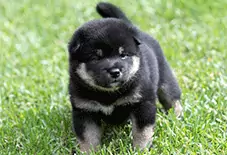
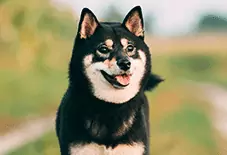
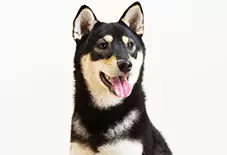
History of My Breed
Care Tips
from Dr. Jessica Greenberg, Associate VeterinarianBe aware of common Akita eye disorders.
Vogt-Koyanagi-Harada syndrome is an autoimmune disorder defined predominantly by uveitis (eye inflammation). Work closely with a veterinary ophthalmologist to minimize ocular damage in your affected Akita.
Watch for signs of bleeding disorders.
Akitas are predisposed to develop Hemophilia A (factor VIII deficiency), an inherited bleeding disorder. Pre-surgical screenings of coagulation function is advised for this breed to avoid any bleeding complications.
Take precautions to avoid hip dysplasia down the line.
Hip dysplasia is an orthopedic condition that Akitas are prone to. With proper nutrition and exercise, you can help your pup avoid conditions such as obesity and muscular atrophy which can worsen hip dysplasia. A good diet and plenty of exercise can help this condition be managed more successfully.
Training Tips
from Dr. Jessica Greenberg, Associate VeterinarianBe respectful with your training.
Akitas can be a challenge to train because they have their own perception of things and don’t do well with imposing ideas. They can brace against new ideas and be aloof, so they should be trained with patience and respect. -GeorgieYoung,CertifiedProfessionalDogTrainer
Gentle your Akita every day.
Gentling is a process where you hold a puppy still and touch their ears, paws, bellies, etc. to get them used to human touch. This creates stronger bonds between you and your Akita and solidifies your position as a trustworthy, caring leader. -RichardLovejoy,ProfessionalRemoteDogTrainer
Teach your Akita bite inhibition early.
If your dog’s teeth make contact with your skin, even if it doesn’t hurt, say “ouch!” Turn your back to them and drop whatever interaction you were having with them. This will help reinforce bite inhibition and teach them to be gentle with human skin. -RichardLovejoy,ProfessionalRemoteDogTrainer
My Many Looks
My Breed Characteristics
Furbulous Fact
As I Grow Up
History of My Breed
Care Tips
Training Tips
-
Personality
Loyal
Headstrong
Smart
-
Group
Working
-
Origin
Japan
-
Life Span
10-13 Years
-
Breed Popularity
#48 of 195
-
Height Range
24-28 Inches
-
Weight Range
70-130 Pounds
-
动物皮毛
Type
Short
Texture
Straight
Features
Double-coat
Colors
Black, Brown Brindle, Brown with Black Overlay, Fawn, Fawn with Black Overlay, Red, Red with Black O
-
Hypoallergenic
-
Cost to Buy
$600-$1,980
-
Lifetime Care Cost
$25,920
